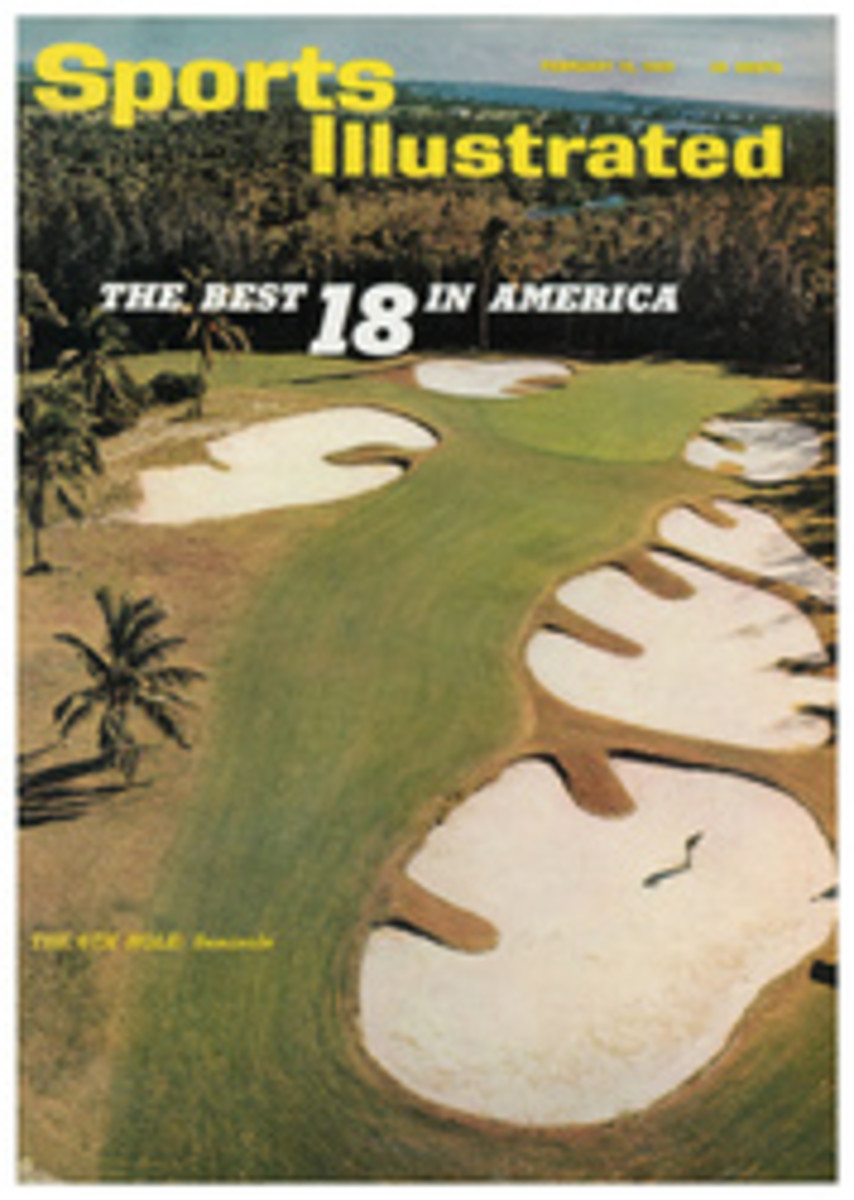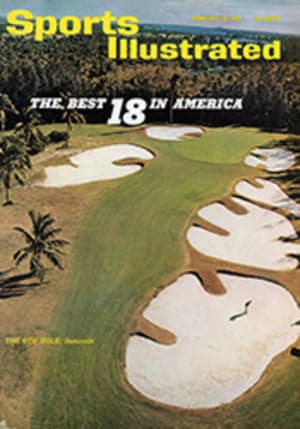
LETTER FROM THE PUBLISHER
I have a game for you. The next time you are with people who play the same golf course you do and the conversation falters, ask the group what the best hole on your course is. Not just best in terms of toughness, beauty, tradition or risk involved—but all of those things combined. And then stand back as duck-hookers detail the esthetic charm of a hole that bends to the left and slicers talk up a dogleg right. You will have started as intense a sporting argument as you will hear all year. We know, because in assembling the unique story that begins on page 30—in which SPORTS ILLUSTRATED selects The Best 18 in America—we started countless arguments among some most savvy golfers.
It began as long ago as 1963, when we asked Arnold Palmer to tell us his choices for a Best 18. He sidestepped, but not without mentioning that at least two of them would certainly be found on his course, Laurel Valley. Jack Nicklaus said his own Scioto had two great holes that had to be included. Ben Hogan thought highly of Fort Worth's Colonial—which Palmer has never liked at all—and so, predictably, it went, proving that when it comes to golf courses, beauty is in the eye of the man who holes his putts there.
Nor did Associate Editor Dan Jenkins have it any easier when the list of holes was narrowed to 20 or so and he set out to inspect them. Jenkins is no inexperienced assessor. He has played about 150 courses since the day when he was beaten in the Texas Junior championship by a cross-handed, barefoot Mexican and began to think his future was not in professional golf. But his game is good enough for him to have been persuaded by two friends, Palmer and Dow Finsterwald, to play a round with them the day before the 1961 Colonial National Invitation. He remembers the gallery of 4,000 and that he felt as if he had "walked naked into choir practice." Jenkins knows unusual golf holes, too, having once, on a $2 bet, played from the old Majestic Theater to the courthouse in downtown Fort Worth through noonday traffic.
In all, Jenkins traveled 20,000 miles looking at candidates for The Best 18, plucking tufts of Tifton here, asking a greenkeeper why a tree was planted there. In the process, he found something that is the very substance of golf: that a country club, a golf course and even an individual golf hole are living things, each with a history, personality and character distinctly its own.
The 18 holes were finally chosen. They added up to a balanced course, par 36-36=72 and 7,174 yards long. They ranged from coast to coast, and from a hole built in 1903 to one completed last year. Nor were they holes that the touring pros would necessarily pick, for the most important criterion of all was that the weekend golfer would think them matchless. As he stood on each tee he would sense that he was part of something very special; he would think: how beautiful, or how challenging, or this was exactly where Bobby Jones stood 35 years ago when....
But throughout the selection process the arguments continued, and as Jenkins visited each club he provoked more. There would inevitably be whispered asides from club members: "You are looking at our 7th, but the 13th is better...." "What's your 4th? Why, that's absurd! Our 4th is a...." And when he eventually showed our 18 to the one man who helped us most, Executive Director Joseph Dey of the USGA, Dey looked and said, "It's excellent. But there is no hole from Pinehurst? I don't see how...."
Well, Joe and Jack and Ben and Byron and Arnie, don't be too upset. I'm known around The Apawamis Club in Rye, N.Y. as a bit of a golfer myself (sort of—handicap: 12) and I've checked the list of holes and I think it's perfect. Or almost perfect. I must admit, just between us, that I don't see how the 14th at Apawamis was passed over. You see, if you don't hit your drive just right, your second will never carry....

